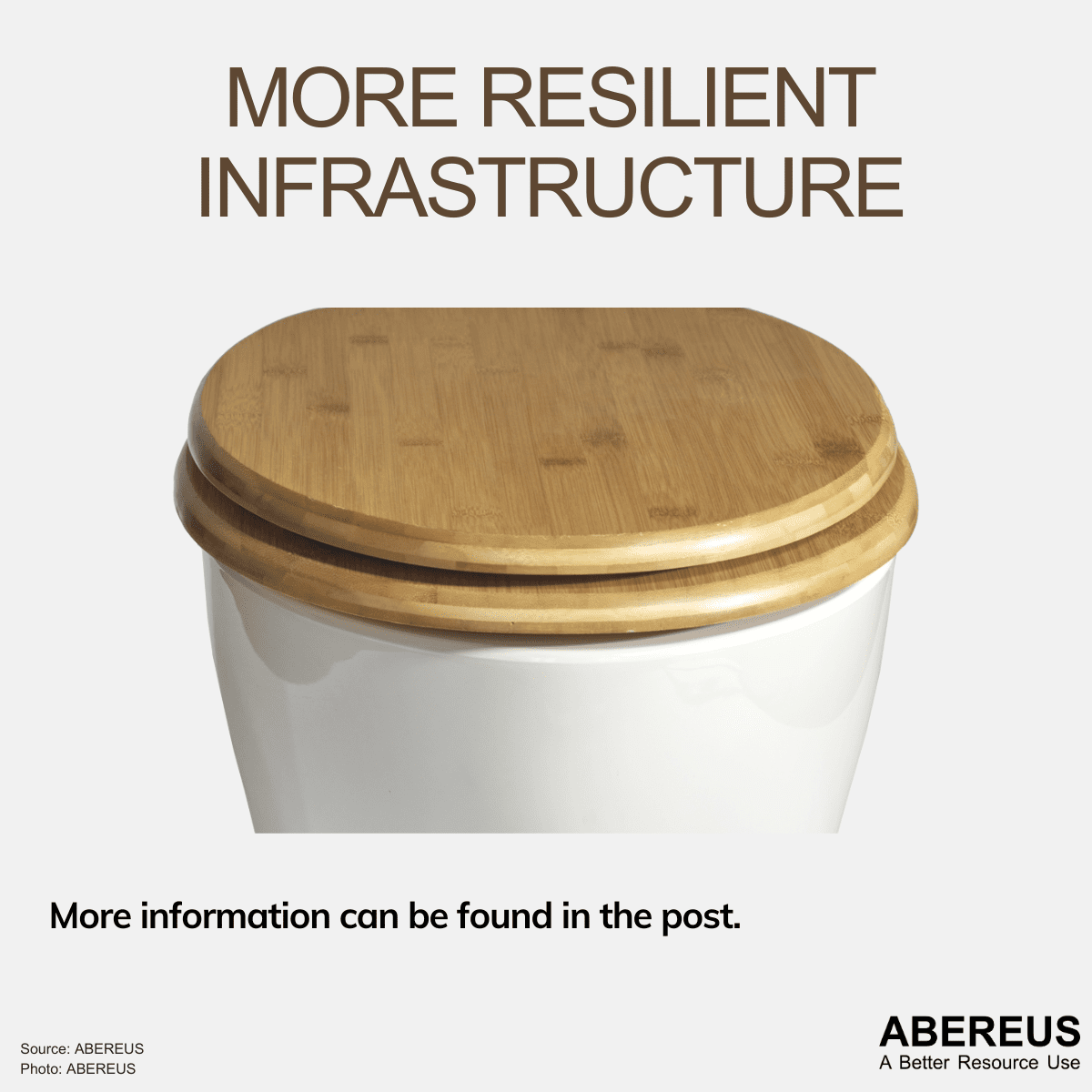More Resilient Infrastructure

Date
Dry Separation Toilets: A Step Towards More Resilient Infrastructure
In an era where reliance on electricity and water is ever-increasing, dry separation toilets are gaining importance. This innovative toilet technology separates solid and liquid waste without using water. But why are dry separation toilets key to more resilient infrastructure, especially during prolonged power outages?
Independence from Electricity and Water
Dry separation toilets require neither electricity nor water to function effectively. This makes them ideal for use in remote areas, during natural disasters, or in situations where infrastructure fails. While conventional toilets rely on functional water and sewage systems, dry separation toilets can continue to operate smoothly even during long power outages.
Reduction in Water Consumption
The average water consumption per flush for conventional toilets is about 6 liters. Dry separation toilets eliminate this water usage entirely. In regions with water scarcity or during droughts, they can help conserve valuable water resources and contribute to sustainable water management.
Resource Conservation and Environmental Protection
By separating and drying waste, it can be composted or further processed more efficiently. This not only reduces waste volume but also enables the recovery of valuable resources like nutrients, which can be reused in agriculture. Be aware of local regulations, as it is not always allowed.
Resilient Infrastructure for the Future
In an increasingly uncertain world, where natural disasters, climate change, and technological failures pose continuous threats, dry separation toilets offer a robust and sustainable solution. They enable communities to remain independent of central infrastructures and provide a reliable alternative to conventional sanitation systems.
If you want to have more information about resilient infrastructure, get connected and join us for a better resource use.
Source: ABEREUS
Photo: ABEREUS



